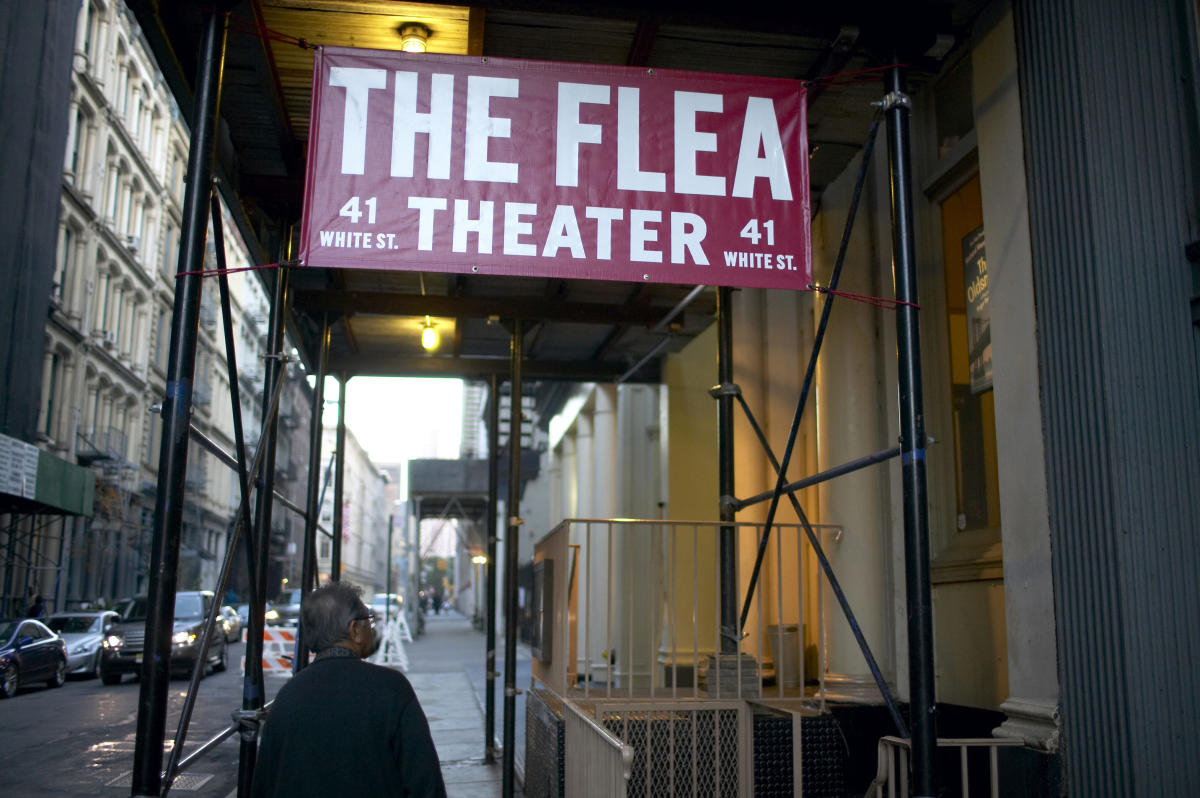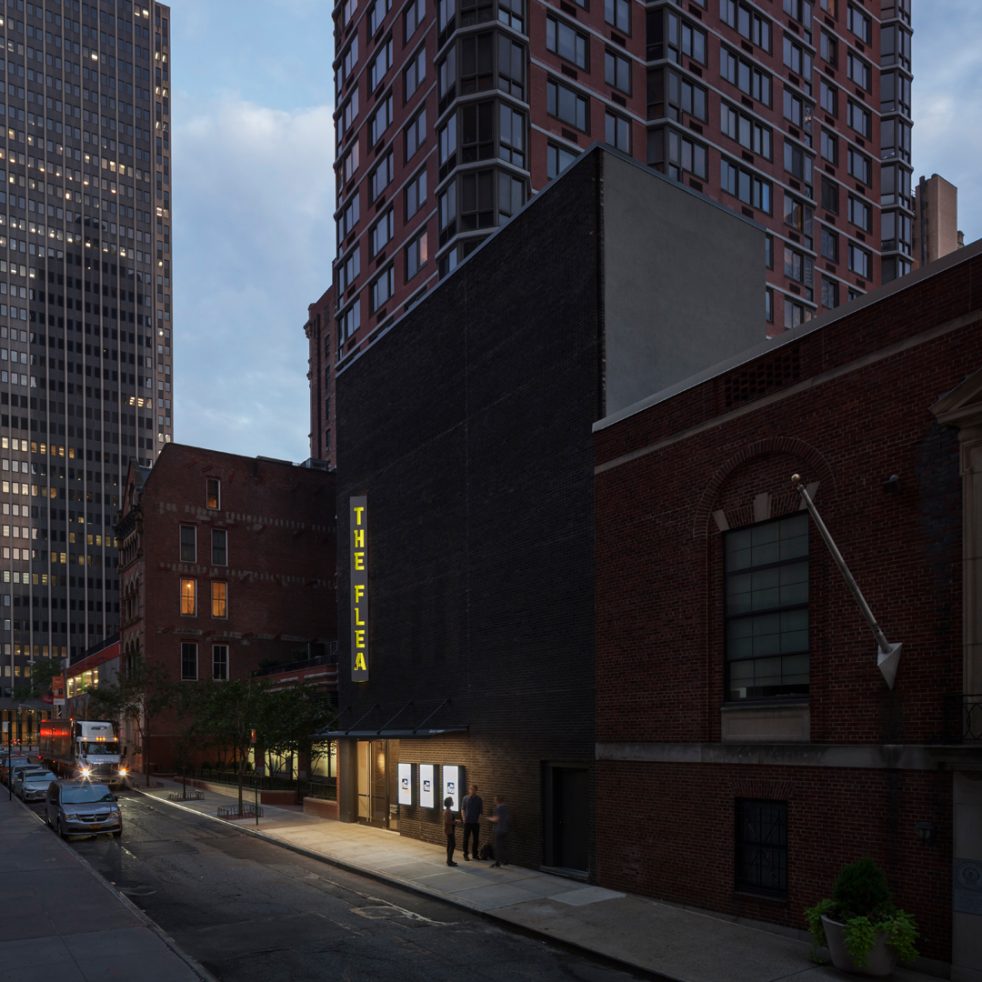Located in the heart of Manhattan's Tribeca neighborhood, The Flea Theater has emerged as a vital cultural institution for innovative and boundary-pushing performing arts. Since its establishment, this theater has been dedicated to nurturing emerging artists while presenting groundbreaking productions that challenge conventional theatrical norms.
As one of New York City's most dynamic performance spaces, The Flea Theater consistently pushes the boundaries of contemporary theater. Its commitment to artistic innovation and community engagement has earned it a well-deserved reputation as a crucible for new talent and fresh ideas in the performing arts landscape.
Through its diverse programming and educational initiatives, The Flea Theater continues to inspire both artists and audiences alike. This article explores the theater's history, mission, and impact on the local and global theater community, providing a comprehensive overview of what makes this institution so unique and essential in today's performing arts scene.
Read also:King Von Autopsy Unveiling The Truth Behind The Tragic Loss
Table of Contents
- The Fascinating History of The Flea Theater
- The Flea Theater's Mission and Vision
- Diverse Programs and Productions
- Community Engagement Initiatives
- Supporting Emerging Artists
- Educational Programs
- The Flea's Impact on the Theater World
- The Theater's Unique Architecture
- Funding and Financial Sustainability
- The Future of The Flea Theater
The Fascinating History of The Flea Theater
Founded in 1996 by actor and producer Jim Simpson, The Flea Theater began its journey in a small space on White Street in Tribeca. Initially, the theater focused on presenting short plays and experimental works, quickly gaining recognition for its commitment to innovative programming.
Over the years, The Flea has undergone significant transformations, expanding its facilities and programs while maintaining its core mission of supporting emerging artists. In 2011, the theater moved to its current location on Franklin Street, which features state-of-the-art performance spaces and rehearsal rooms.
Key Milestones in The Flea's Development
- 1996: Establishment of The Flea Theater by Jim Simpson
- 2000: Introduction of the Resident Artist Program (RAP)
- 2005: Launch of the Bats Theatre Company
- 2011: Relocation to the current Franklin Street location
The Flea Theater's Mission and Vision
The Flea Theater's mission is centered around fostering artistic innovation and providing a platform for emerging artists to showcase their work. The theater aims to create an inclusive environment where diverse voices can be heard and celebrated.
Its vision encompasses building a sustainable model for theater production that balances artistic excellence with financial stability. By investing in artist development and community engagement, The Flea seeks to become a model for other theaters seeking to thrive in today's challenging arts environment.
Diverse Programs and Productions
The Flea Theater offers a wide range of programs and productions designed to engage audiences and support artists at various stages of their careers. These programs include:
Main Stage Productions
Featuring full-length plays and musicals, the main stage series presents works by established playwrights alongside new commissions from emerging artists.
Read also:The Lion King Scar Son Unveiling The Legacy Of The Pride Lands Most Controversial Character
Resident Artist Program (RAP)
This initiative provides resources and support for early-career artists to develop their craft through workshops, mentorships, and performance opportunities.
Community Engagement Initiatives
Community engagement is a cornerstone of The Flea Theater's operations. Through partnerships with local organizations and schools, the theater strives to make its programming accessible to diverse audiences.
Programs such as the Free Flea initiative offer complimentary tickets to underserved communities, ensuring that everyone has the opportunity to experience the transformative power of live theater.
Supporting Emerging Artists
The Flea Theater has long been committed to nurturing the next generation of theater artists. Through its various programs and initiatives, the theater provides essential resources and support for emerging talent.
Benefits for Emerging Artists
- Access to state-of-the-art rehearsal and performance spaces
- Opportunities to work alongside experienced professionals
- Networking events and industry connections
Educational Programs
Education plays a vital role in The Flea Theater's mission. The theater offers a variety of educational programs designed to inspire and inform both young people and lifelong learners.
These programs include workshops, masterclasses, and school partnerships that provide hands-on experience in theater production and performance.
The Flea's Impact on the Theater World
Since its inception, The Flea Theater has made a significant impact on the global theater community. Its commitment to artistic innovation and community engagement has inspired other theaters to adopt similar models of operation.
According to a 2021 report by the Theatre Communications Group, The Flea ranks among the top 10 most influential theaters in the United States, citing its unique approach to artist development and audience engagement as key factors in its success.
The Theater's Unique Architecture
The Flea Theater's current location on Franklin Street features a distinctive architectural design that enhances its mission of artistic innovation. Designed by renowned architect Peter Wheelwright, the building incorporates flexible performance spaces that can be adapted to accommodate a wide range of productions.
Key architectural features include:
- A versatile main stage with adjustable seating configurations
- State-of-the-art lighting and sound systems
- Rehearsal rooms equipped with professional-grade equipment
Funding and Financial Sustainability
Ensuring financial sustainability is crucial to The Flea Theater's continued success. The theater relies on a combination of funding sources, including:
Major Funding Sources
- Private donations from individuals and foundations
- Corporate sponsorships and partnerships
- Government grants and public funding
Through strategic planning and innovative fundraising initiatives, The Flea has established a robust financial model that supports its ambitious programming while maintaining operational stability.
The Future of The Flea Theater
Looking ahead, The Flea Theater remains committed to expanding its impact on the performing arts community. Plans for the future include:
- Enhancing digital programming to reach wider audiences
- Increasing support for underrepresented artists and voices
- Developing new partnerships with international theater companies
As the theater continues to evolve, its dedication to artistic innovation and community engagement will undoubtedly shape the future of performing arts in New York City and beyond.
Conclusion
The Flea Theater stands as a testament to the power of artistic innovation and community engagement in the performing arts. Through its diverse programming, educational initiatives, and commitment to supporting emerging artists, The Flea has established itself as a vital institution in the global theater landscape.
We invite you to experience the magic of The Flea Theater for yourself. Whether you're an artist seeking new opportunities or an audience member eager to discover groundbreaking performances, The Flea offers something for everyone. Share your thoughts and experiences in the comments below, and don't forget to explore our other articles about the world of performing arts.

